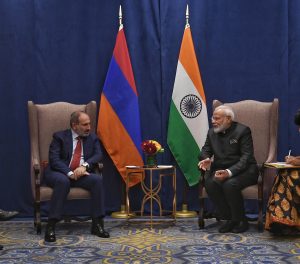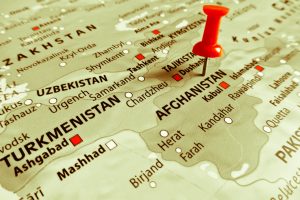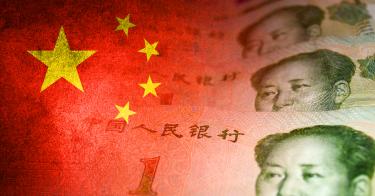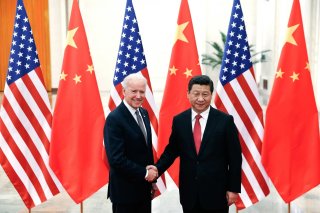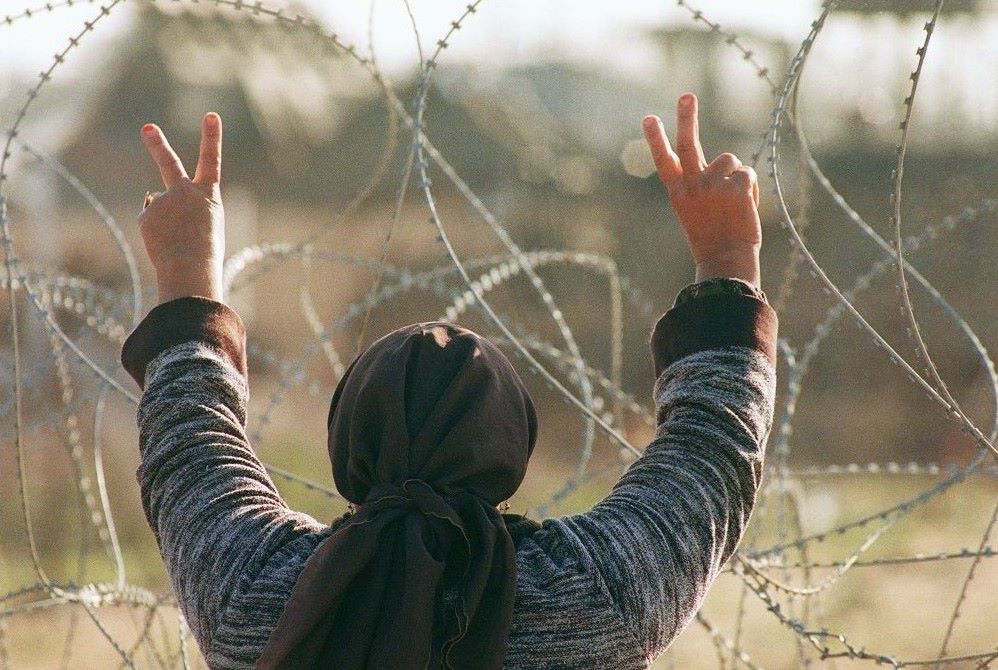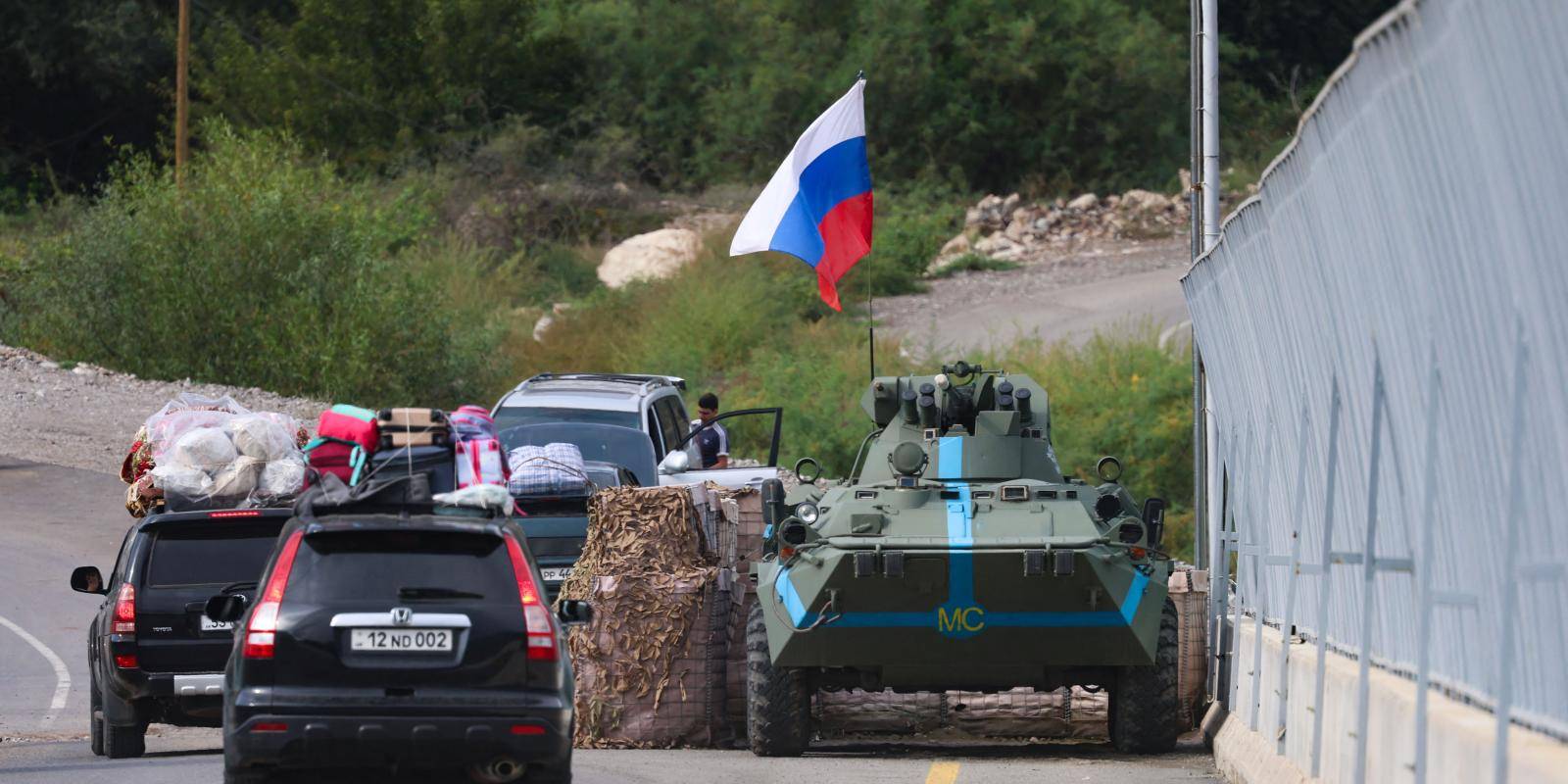M.K. Bhadrakumar

The sombre mood at the Council on Foreign Affairs in New York during External Affairs Minister S. Jaishankar’s talk on Tuesday was only to be expected against the backdrop of the India-Canada diplomatic spat over the killing of a Sikh secessionist in Vancouver in June, which, reportedly, was “coordinated” on the Canadian side with Washington based on intelligence inputs from the Five Eyes.
However, the event’s main thrust took an overtly geopolitical overtone with the CFR hosts calling out the Indian minister to weigh in on India’s growing assertiveness on the global stage and its perspectives on the international situation involving Russia and China, and the “limits” to the US-Indian relationship.
It is no secret that the Canadian-Indian spat into which Washington has inserted itself has a deeper geopolitical agenda. The Financial Times, the western daily perceived as closest to the Biden administration, in fact, carried a report last week entitled The west’s Modi problem with a blurb that neatly caught its main theme — “The US and its allies are cultivating India as an economic and diplomatic partner. But its prime minister’s authoritarian streak is becoming harder to ignore.”
